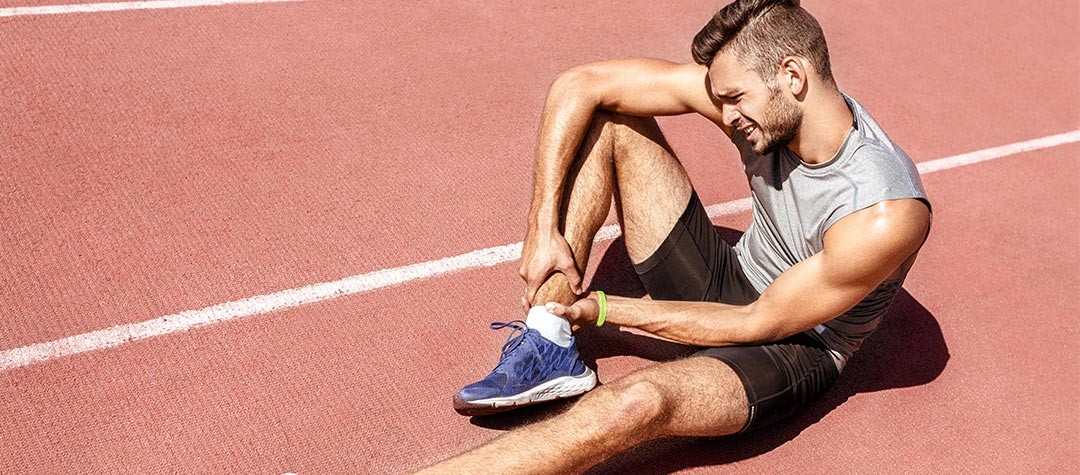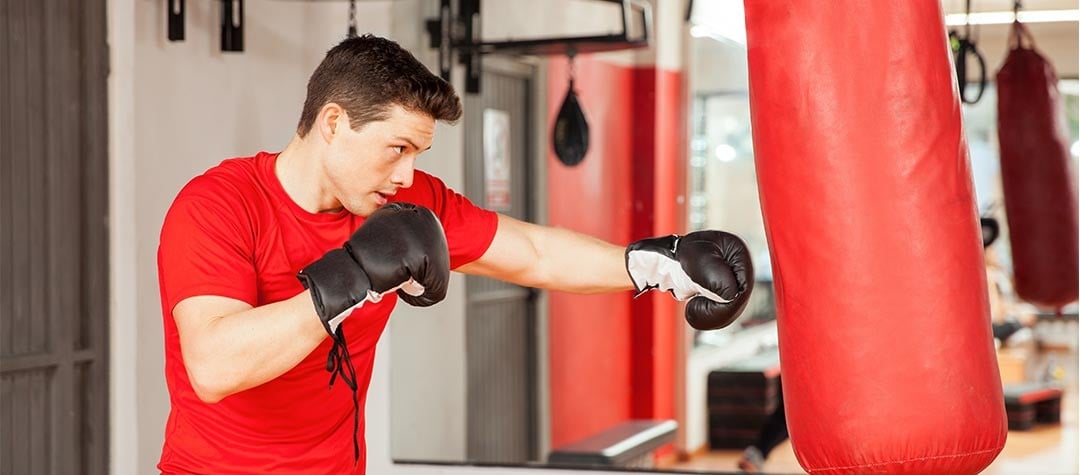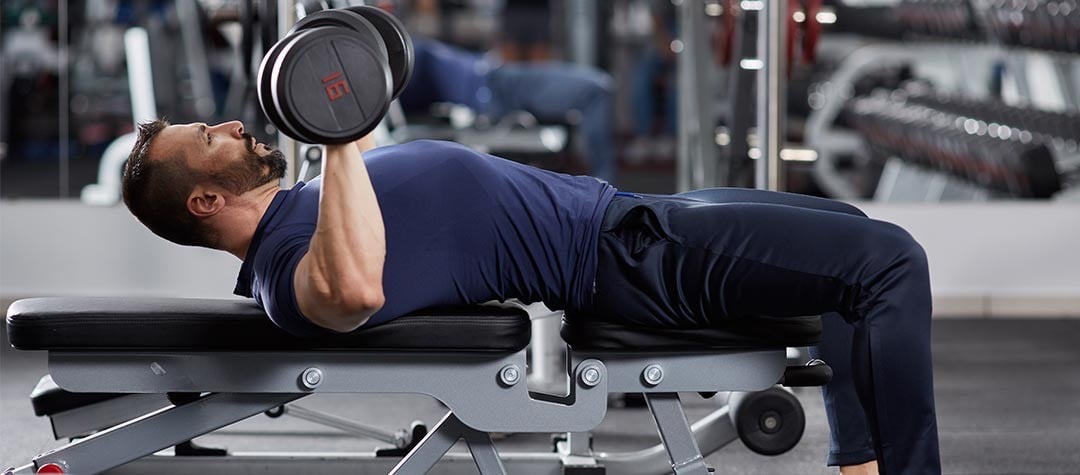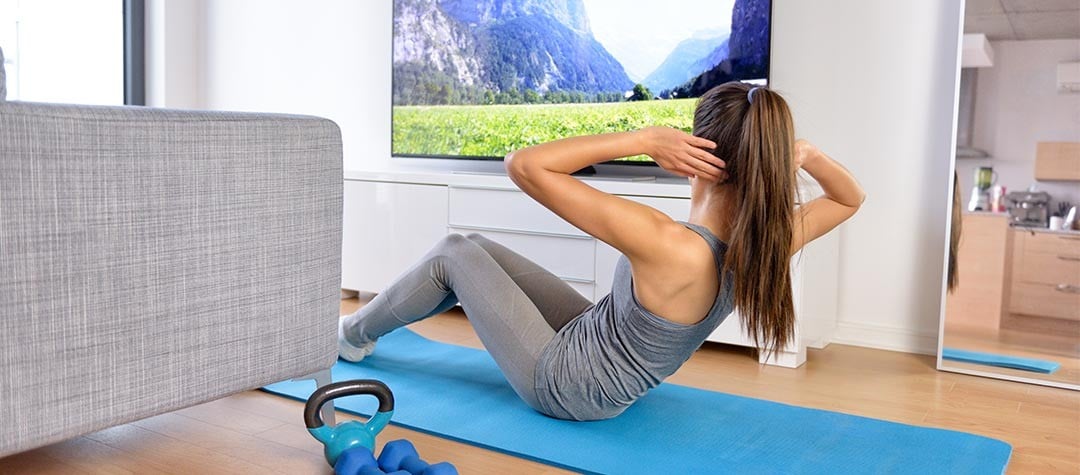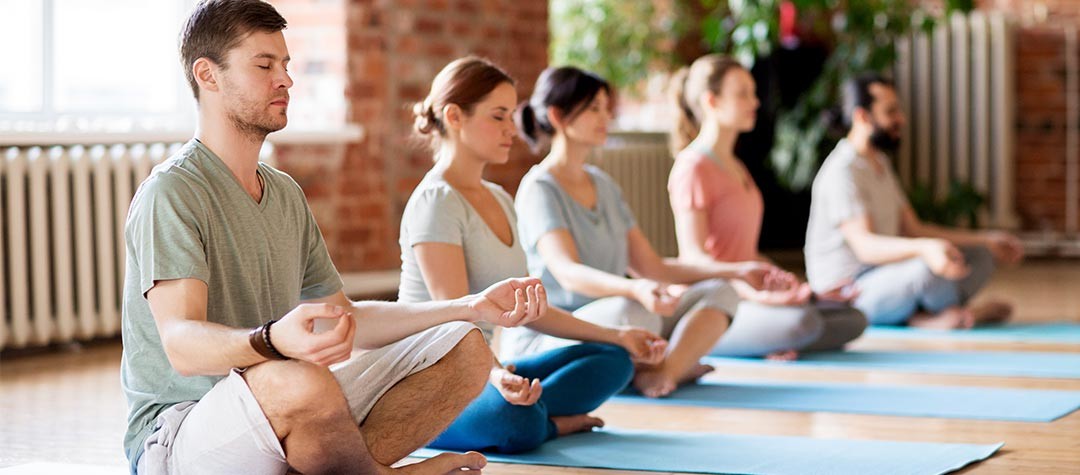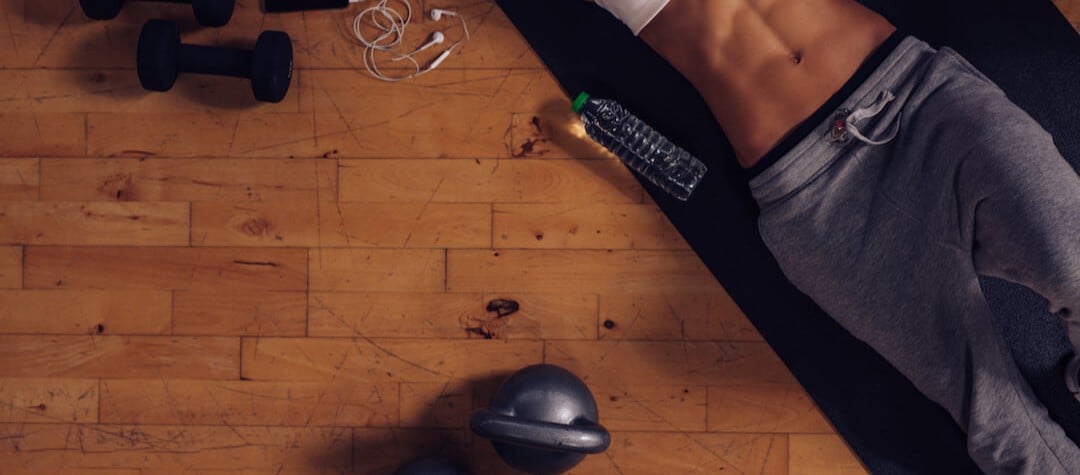There are a host of injuries which are common to many sports, and preventing them or treating them is not always straightforward. However, we’ve compiled some general advice which should go some way to helping you with these sporting ailments.
Remember, the best course when injured is always to consult a medical expert, but a few of these helpful hints should help you steer clear of at least some of these common sports injuries.
1. Achilles tendonitis
When the Achilles tendon (the tendon at the back of the ankle) is overused, inflammation and pain can occur. Left untreated, Achilles tendonitis can become chronic and the injury can worsen until it becomes near impossible to run. Achilles tendonitis is common among runners and people who participate in sports that involve running or jumping.
Symptoms of Achilles tendonitis: Sufferers will generally feel severe stiffness in the Achilles when getting out of bed in the morning, and the Achilles will feel sore to the pinch. The pain will gradually worsen if ignored and running will become more and more painful.
Preventing Achilles tendonitis: Stretching and strengthening exercises for the calf muscles can help prevent injury to the Achilles tendon. A tight and inflexible calf muscle puts undue strain on the Achilles. Ensure you have the correct shoes for your form of exercise.
2. Groin strain
Groin strain is a strain or rupture of the adductor muscle, which is the muscle which is situated in the upper thigh and serves to pull the legs together. Injuries usually occur when suddenly changing directions while running. Groin strain is common in football, hockey, basketball, and racket sports.
Symptoms of a groin strain: Symptoms include sharp pain, swelling and sometimes even bruising on the inside of the thigh. Trying to play through a groin strain will likely worsen the injury and lead to a long-term lay-off.
Prevention of a groin strain: As with most muscle pulls, the best way to prevent injury is stretching before exercising. Proper warm-up , gradually increasing the intensity of the activity may help prevent injury, as will strength work on the inner thigh muscles. Wearing cycling short undergarments to keep the groin warm and provide support will also assist.
3. Shin splints
Shin splints occur when the muscles of the lower leg to the shin bone become inflamed from overuse. Shin splints are often experienced by people who aren’t used to exercising and who may have increased the intensity of their workout too quickly. Wearing unsuitable or worn-out shoes may also be a factor as can running on hard ground.
Symptoms of shin splints: A pain on the inner side of the shinbone when you run, walk or point the toes.
Prevention of shin splints: To avoid shin splint it is best not to do too much too fast. Get some good trainers with good shock absorption and stretch properly before and after exercise. Running on softer ground can also help, as will exercises to strengthen the legs to take the pressure off the shin.
4. Lower back pain
Lower back pain comes in many guises — from slipped disks to back spasms, and sciatica. Sports-related back pain is often caused due to improper stretching. It is most common in runners, cyclists, golfers, and tennis players. Runners with a slight discrepancy in leg length can suffer back pain.
Symptoms of lower back pain: Varying forms of pain from the minor to the downright debilitating. Sciatica can cause shooting pain down the leg from the lower back.
Prevention of lower back pain: Some lower-back injuries cannot be prevented and are often down to just bad luck, but you can minimize the risk by warming up properly before exercising. Runners with a difference in leg length can get orthotic inserts to correct the problem.
5. Hamstring pull
Injuries to the hamstring are caused by tears to the fibres of the hamstring located at the back of the thigh. Not warming up properly, lack of flexibility, and overuse can all cause hamstring injuries. Hamstring injuries are common in sports involving explosive bursts of pace such as football, basketball and tennis.
Symptoms of a hamstring pull: A hamstring injury produce a sudden sharp pain or ache in the back of your thigh. The degrees can be minor to severe, but both will make running or even walking difficult and in some severe cases, near impossible.
Prevention of a hamstring pull: The chances of a hamstring injury occurring can be minimised with a proper warm-up and with a thorough stretching of the hamstring (touching your toes with straight knees). Wearing some cycling shorts can help keep the hamstring warm.
6. Tennis elbow
Tendons in the elbow get stretched beyond their capacity by a repetitive action and become inflamed. It is common to tennis players and golfers but can be experienced with other sports, with pain in the elbow being felt when gripping or turning items.
Symptoms of tennis elbow: Tennis players will generally feel pain on the outside of the elbow, while golfers will usually feel pain on the inside of the elbow. There will often be tenderness in the elbow especially when gripping or turning items.
Prevention of tennis elbow: Commitment to forearm strengthening (try wrist curls, reverse wrist curls, and squeezing a rubber ball) and performing a proper warm-up and cool down prior to and after playing should go some way to helping. Also get your tennis racket or golf club grip assessed by a pro, and consider wearing an elbow brace.
7. Ankle sprain
Ankle sprain occurs due to a false movement when the ligaments in the ankle that hold the bones become over-stretched. Pretty much everyone will have suffered an ankle sprain regardless of whether they play sport or not, usually caused by a trip or fall. Ankle sprains are very common in sports but especially in those which require turning quickly.
Ankle sprain symptoms: Pretty obvious really, but there’ll be a throbbing pain in the ankle, with potentially lots of swelling, bruising and tenderness.
Prevention of ankle sprain: Wear supportive shoes and strengthen your ankles by doing exercises such as ankle lifts on stairs, as well as taping the ankle or wearing a lace-up brace can help, but these measures in no way guarantee that you won't be injured if you fall hard or make a false movement.
8. Runner's knee
Runner’s knee occurs when overuse leads to irritation of the tendon below the kneecap or when the region underneath the kneecap is worn. It does not just affect runners, with cyclists, swimmers, and football players are among those who can be affected.
Runner’s knee symptoms: Pain beneath or on the sides of the kneecap as the rough cartilage rubs against cartilage when the knee is flexed. Pain is often most severe after hill running and there is often swelling.
Prevention of runner’s knee: Remember to stretch well before running. Strengthening work focusing particularly on the quadriceps will help as will the correct running shoes, which should be replaced regularly. Cross train to prevent overuse.
The final word on common sports injuries
The majority of sports injuries are preventable and are often due to lack of a proper warm-up or stretching regime. Inflexibility of muscles can contribute significantly to injury so it’s important to work on this element and consider a proper warm-up and warm-down as a key element of any exercise programme. It’s also important not to increase the level of intensity of any workout too rapidly so that your body slowly adapts to the extra load that is put on it.
Despite all these precautions, it’s a fact of life that people do get injured — you only have to look at the amount of professionals that get injured, and that’s rarely anything to do with proper preparation on their part. But by having a regular routine of warm-up, strengthening and stretching can go some way to keeping you fit rather than injured.

